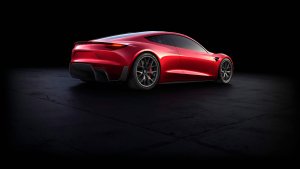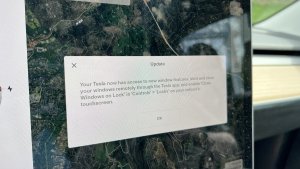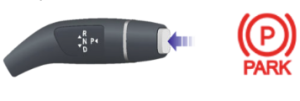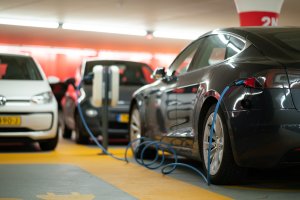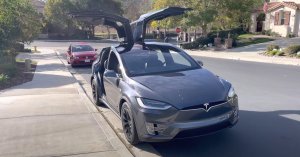Tesla Q&A Recap: Updates on HW3 Upgrade, FSD Unsupervised, HW5 Release, Affordable Model and Much More
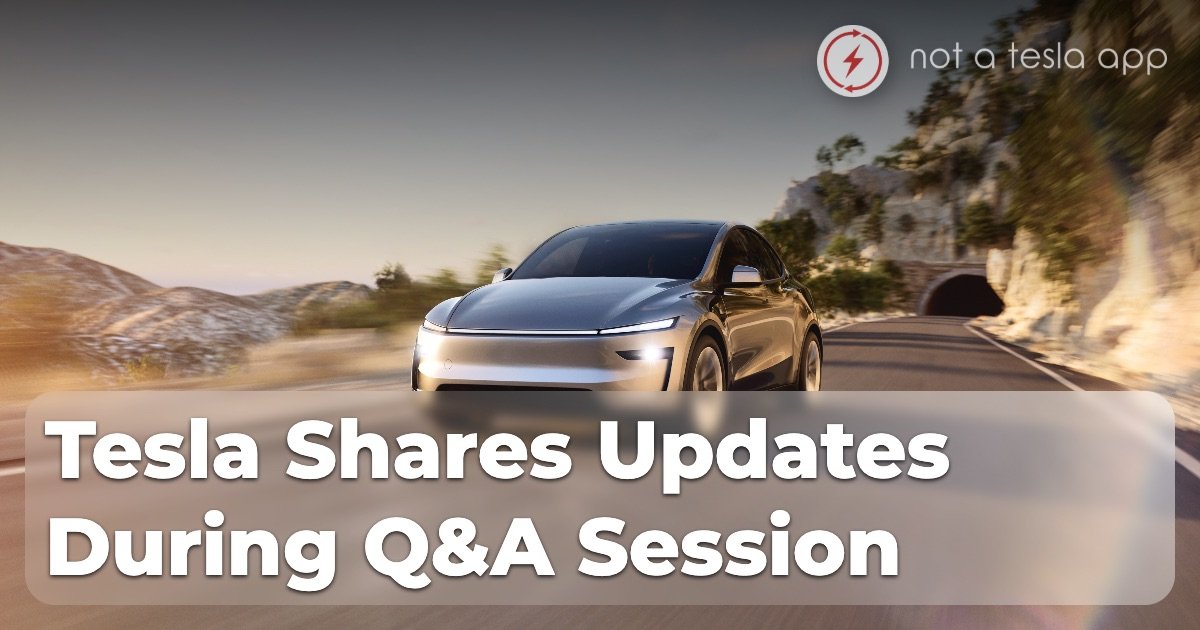
In case you missed the Q2 2025 Earnings Call or just want to see all the notes, we’ve got you covered.
We’re covering everything, from Tesla’s X post to their investor’s deck, and more importantly, Tesla’s Q&A session that was held during the call. Surprisingly, Tesla started the webcast perfectly on time once again.
This call was filled with answers to a lot of questions owners have been asking, from the HW3 upgrade to FSD Unsupervised.
Let’s dive in.
FSD Supervised & Unsupervised
Tesla continues to prepare for the broader release of FSD Supervised (HW3) in China, pending regulatory approval
While Tesla has rolled out FSD in China, it’s currently limited to HW4.
Tesla is prepared to launch FSD Supervised in Europe, pending regulatory approval
Still no approval in Europe, sales are expected to improve considerably once FSD is approved
The Netherlands is the primary regulator for Tesla, and Tesla is close to gaining their approval, before it goes to the EU for further approvals
Approvals are on their way, Elon feels confident that it could be as soon as the end of this quarter, if not by the end of the year. As a side note, Tesla recently launched FSD Transfers in Europe.
This quarter, Tesla autonomously delivered a vehicle to a customer with the Model Y driving itself 30 minutes to the customer, including on highways
It took a lot of effort and time to get there, and this is the first
This is the first step for the next phase of deliveries
Teslas will self-deliver in the Bay Area and Austin by the end of this year
Tesla has expanded AI training compute to 67,000 H100 equivalents at Giga Texas’s Cortex
Tesla is still aiming to be cautious, but the service area and number of vehicles will increase extremely rapidly soon
Tesla intends to loosen the Supervision of FSD - within the next several weeks
Requirements for safety cause issues, as people disengage Autopilot to use the controls or use their phone, which is less safe than simply keeping FSD active
Production release of FSD Supervised is several months behind the FSD Robotaxi build (coming soon to customers)
This will be a big step-change improvement in the experience, similar to the experience that some have had in Austin so far
Autonomy is a key driver for vehicle sales
FSD has seen significant improvements; parameter count will increase to roughly 10x
This is a challenge, due to memory bandwidth, but Tesla is confident in this (Ashok said yes in the back). This will clearly be HW4 only, which is already constraining them.
Tesla has seen a bigger uptick in FSD adoption in recent months in North America
Approximately a 25% take rate on FSD since V12. Part of this is likely due to the price decrease
Nearly 50% of Tesla owners who could try FSD have never tried it. Even more have not tried it in a recent version.
Tesla intends to educate and get people to try it more, so they can know about it and its benefits
Robotaxi
Tesla has launched the Robotaxi Network in Austin, and has already expanded the service area once, and will continue to get larger soon. Robotaxi has been great so far, customers love the experience so far they say.
There have been no noticeable safety-critical incidents at this point yet
First expansion is done, more expansions - 10x operation area expansion coming up soon
Tesla will be removing the safety monitor once regulatory approval is received
Tesla intends to expand the service area again within “a couple of weeks.”
Tesla is aiming to gain regulatory permission to launch in the Bay Area, Florida, Arizona, and a number of other places
Tesla intends to aim for access to autonomous ride-hailing for half the population of the US by the end of the year, pending regulatory approval
7,000 miles on the clock already for Robotaxi, only a handful of vehicles are active
An expansion of the area and vehicles is coming soon
Tesla expects it to have a material impact on Tesla’s financials by the end of 2026
Tesla’s validation vehicles aren’t mapping - they are doing rapid-scale testing with new iterations of new FSD builds to ensure they work
This means that Tesla doesn’t need to “map” areas - they just need to test new builds and move on quickly
Personally owned vehicles in the Robotaxi Network
Tesla is still working on getting everything scaled up, which is leaning too far forward
It will happen, but not immediately, likely still sometime next year
Tesla will have some criteria to ensure that personally owned vehicles are eligible to be added to the fleet
Unsupervised FSD
Available for personal use in certain geographies, hopefully by the end of the year
Safety is a concern here, but it will become available for end-users by the end of the year for a number of cities in the US
Same hardware in the Robotaxi Model Ys as the hardware that is shipped in customer vehicles today
It is just a software upgrade away
Vehicles
The Model Y is now one of Tesla’s most affordable vehicles with the RWD variant, which starts at $45K USD
Model Y is the best-selling car in Turkey, Switzerland, Austria, and several other nations
Model Y may become the best-selling car for 2025, after barely losing
The new Model Y production ramp was a big step for this Quarter
Affordable Vehicle
Tesla confirms that their plans for a new vehicle that will launch in 2025 remain on track, including initial production of a more affordable model in 1H25
Tesla confirmed that production has started of the lower-cost model in 1H25
The vehicle has been delayed, and the ramp will happen next quarter, slower than expected, due to the cut of the EV credit and the focus on factory rollover to new vehicles
The affordable vehicle will be capable of FSD
Will start in North America, and Tesla is still pushing hard on this
Likely will become available for sale in Q4 2025
Cybercab
Tesla will continue to pursue the unboxed methodology for the production of the Cybercab in 2026
Cybercab isn’t about incredible handling or cornering or anything; it is about building an affordable, safe taxi
It is far more efficient and lighter, designed for a gentle ride
The cost per mile of the Cybercab will be very low, much lower than the existing fleet
AI5 / HW5
Tesla wants to get FSD Unsupervised finished on AI4 before figuring out what to do with HW3 vehicles. The focus is first to get FSD Unsupervised out
This means no hardware upgrade at least until 2026
AI5 is still planned for next year, and AI6 is in the far future
AI5 volume production will be in late 2026 or early 2027
AI5 will be extremely powerful - it is powerful enough that it blows past the export restriction requirements
This may require the chip to be nerfed to be imported to countries like China
Tesla wants its Dojo Supercomputer chip to match the same chip in its vehicles
E.G. 2 AI6 chips in a car, 100s in a Dojo
Dojo 2 will operate at scale by 2026, at around 100,000 H100 equivalents
Optimus
Optimus 3 is coming soon, a big design leap
Optimus 3 sounds like the final production design
Tesla is still retooling and prototyping - final prototypes by the end of 2025
Scale production in 2026, still aiming to build 1 million units per year by 2030-2031.
100,000 units per month, in about 60 months
Elon still sees it as the biggest product ever
Optimus 3 is designed entirely DIY, each part is designed in-house, from motors to power electronics, sensors, mechanical elements, etc.,
Training Optimus to use its limbs and sensors using a neural net is challenging, but the same principles are applied for vehicles
The same AI inference principles for training Tesla uses for vehicle FSD are the same as Optimus FSD
Tesla is still the leader in real-world AI - there is no competitor that’s doing all the same things
Tesla is better than Google or Waymo, or anyone else at real-world AI
Best inference efficiency and intelligence per gigabyte
You can have all the parameters you want, but if the model can’t be run on a real machine, it doesn’t matter
Tesla has the highest intelligence density per hardware
E.G. Grok 4 is immensely intelligent, but it is a terabyte-sized model - it can’t compare to the real-world use of FSD
Optimus V3 will be present for the Shareholder Meeting later in the year
Batteries
Lithium refining and cathode production in North America to begin in 2025, which will move key production onshore to the US
Tesla will begin production of LFP cells within the US by the end of 2025
Not enough people appreciate the scale of battery demand, especially due to grid-scale storage
Energy
Record Powerwall deployments for the fifth consecutive quarter
Tesla Energy’s gross profit is now $846 million, which is increasing quarter-over-quarter and year-over-year
Megapack is now deploying from Mega Shanghai as ramping of the new factory continues
Energy continues to grow really well, despite tariff challenges
The US average usage is 1 TW, but the average is 0.5 TW
Adding batteries could make a massive impact on the US grid
Due to the size and scale of the Energy business, the deliveries tend to differ greatly quarter-over-quarter
Customers for Megapack are willing to accept the tariffs, as the net positive impact of Megapack on their energy grids is massive
Financial
Tesla saw an overall decrease in revenue YoY by 12%, due to:
Decline in vehicle deliveries
Lower regulatory credit revenue
Reduced selling price (ASP) for vehicles
Decline in Energy revenue due to lower ASP
Tesla did see an overall increase in revenue from their Services category of 17% YoY.
Tesla saw an EPS (GAAP) of 0.33, up from 0.12 last quarter, but down from 0.4 last year.
Total automotive revenues shrank by 16% YoY, and total revenue shrank by 12% YoY
Total profit shrank by 15% YoY, but Tesla still posted a free cash flow of $146 million this quarter
New Model Y had a big impact on margins and sales, making a big difference quarter-over-quarter
Test drives in North America are up 20% quarter-over-quarter
Tesla delivered record volumes in South Korea, Malaysia, the Philippines, and Singapore
Tesla launched the Model Y in India, with sales opening in Q2 and deliveries beginning in Q3
Tesla is focused on making prudent investments to expand the company’s vehicle and energy sectors for growth, but the macroeconomic environment may hinder this going forward
Tesla noted that they have sufficient liquidity to fund their product roadmap, expansion, and research
Tesla expects hardware-related profits to be accompanied by an acceleration of AI, software, and fleet-based profits
Real-world AI will make Tesla the most valuable company in the world
Repeal of the IRA EV Credit by end-of-quarter will impact sales
Tesla now intends to roll back some of the incentives it has running due to lack of vehicle supply
Tesla is building vehicles as fast as possible to allow customers to buy vehicles
Tesla may not be able to guarantee delivery of vehicles under the credit
Regulatory credit impact will have an impact, which will lead to lower revenues
Tesla doesn’t plan their business around regulatory credits, but it will have an impact
Cost of tariffs increased around $200m, with about 2/3rd of that in automotive, while the rest is in energy
The biggest impacts will happen in the following quarters
Tesla is working to manage margins and tariff impacts in an uncertain regulatory environment
Tesla expects shifts in demand in Q3 due to the BBB
Tesla will continue to grow R&D income over the next few quarters, even in the face of volatility, but the future is in AI
Other
Tesla added over 2,900 new Supercharger stalls across Q2 2025 - an 18% year-over-year growth of the network
Tesla Diner has been a huge hit, receiving worldwide attention around the world
Sounds like more Diners will be built
Shareholders are welcome to push forward a Shareholder Proposal to have Tesla invest in xAI
New Master Plan coming soon
Will address the transition from pre-autonomy to post-autonomy
Elon is still concerned about the % of ownership, hopes this will be addressed at the next Shareholder Meeting
He hopes to not be in a position to be ousted by activist shareholders
Listen to the Event
You can listen to the entire event below, which starts at the 4 minute, 45 second mark.











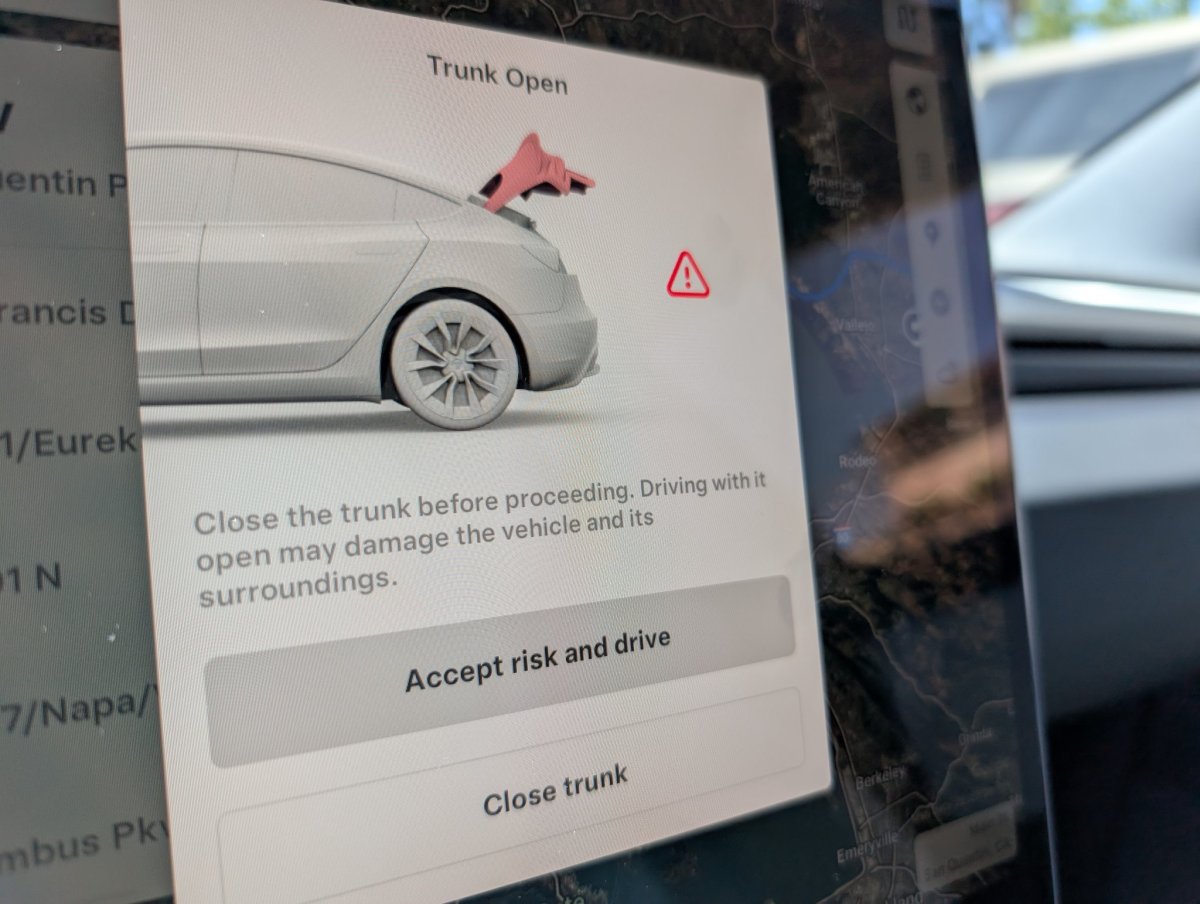
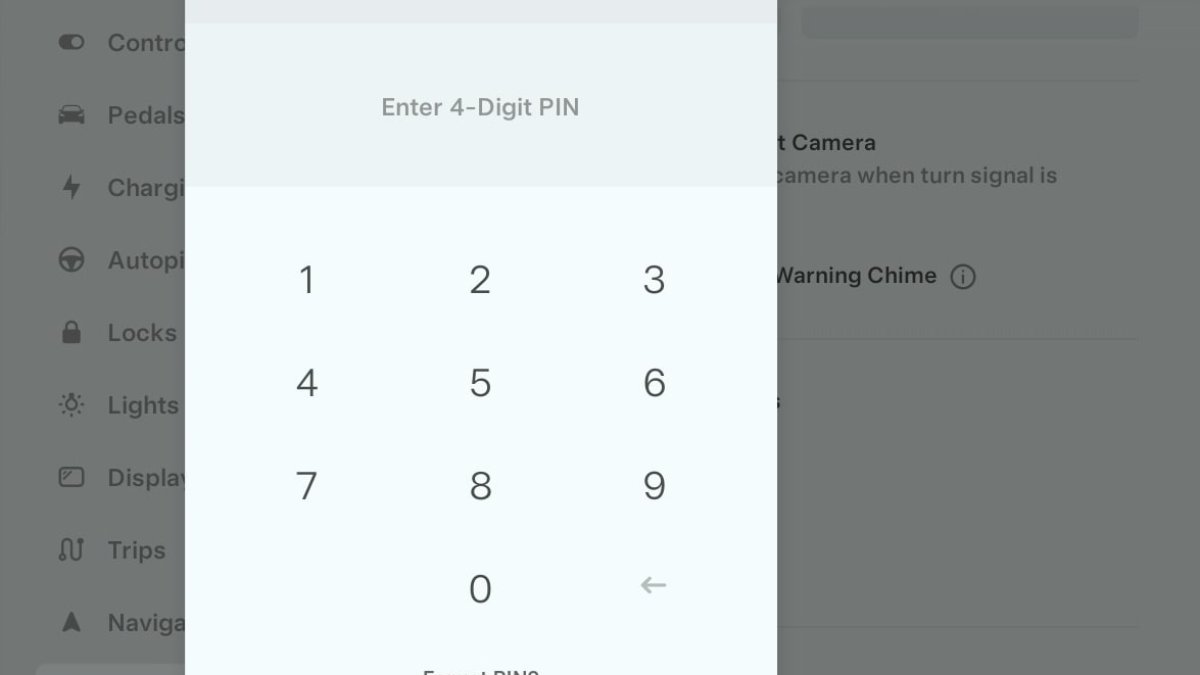


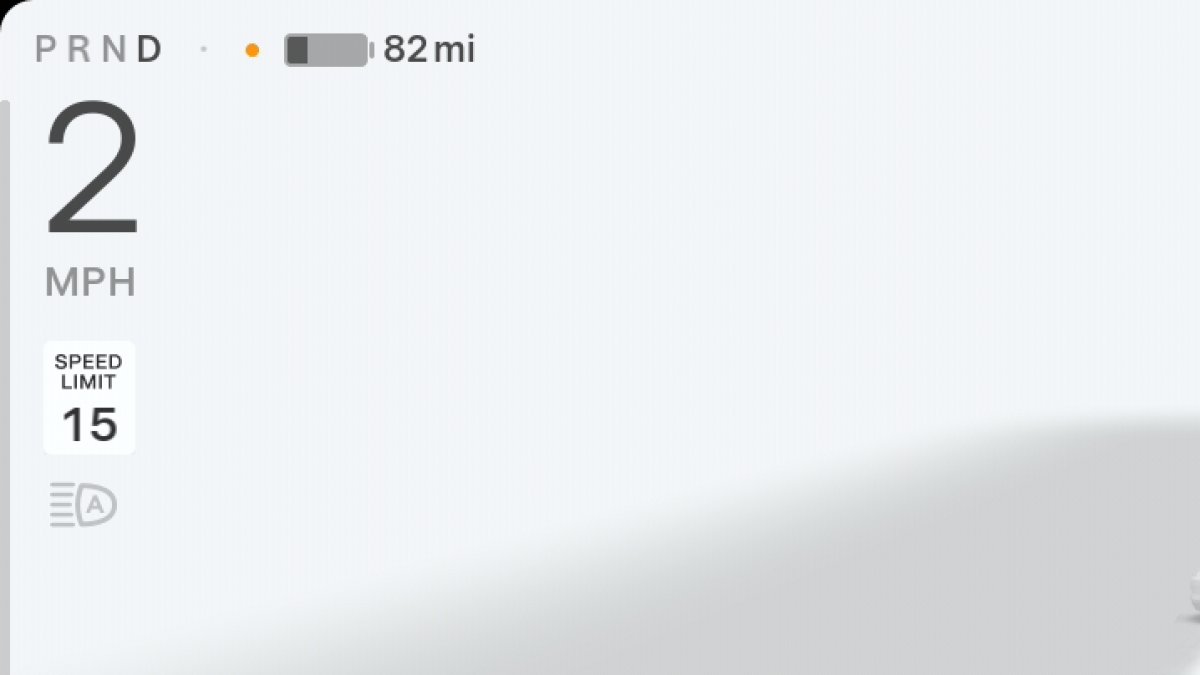
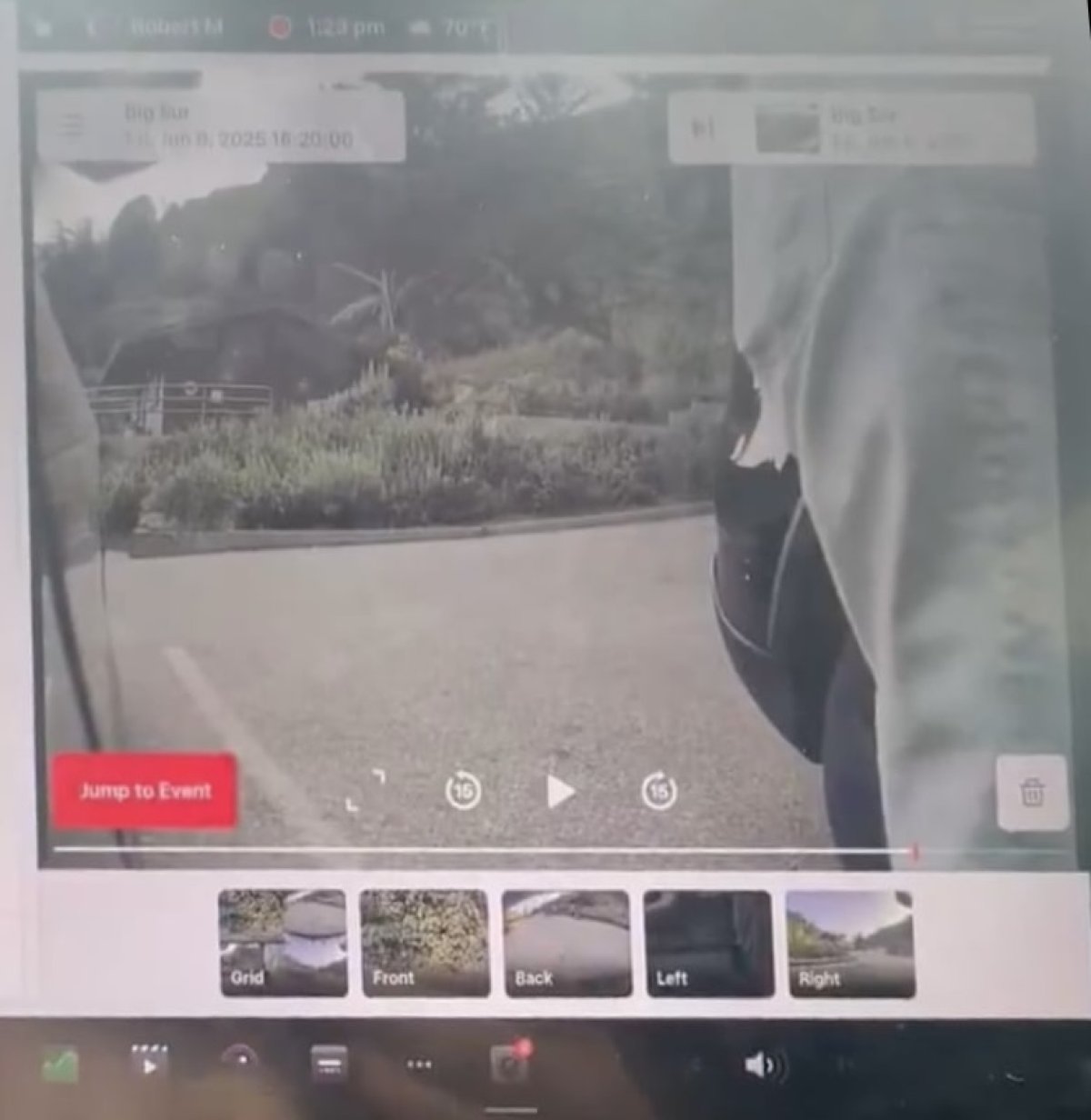
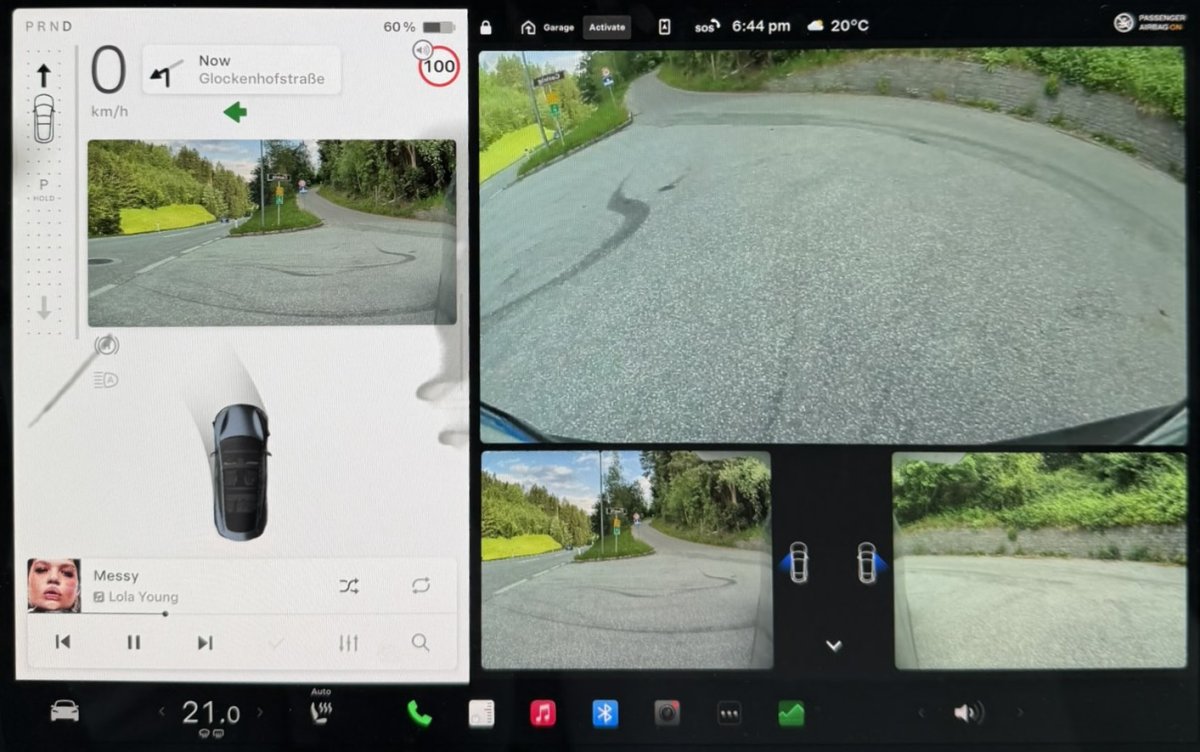
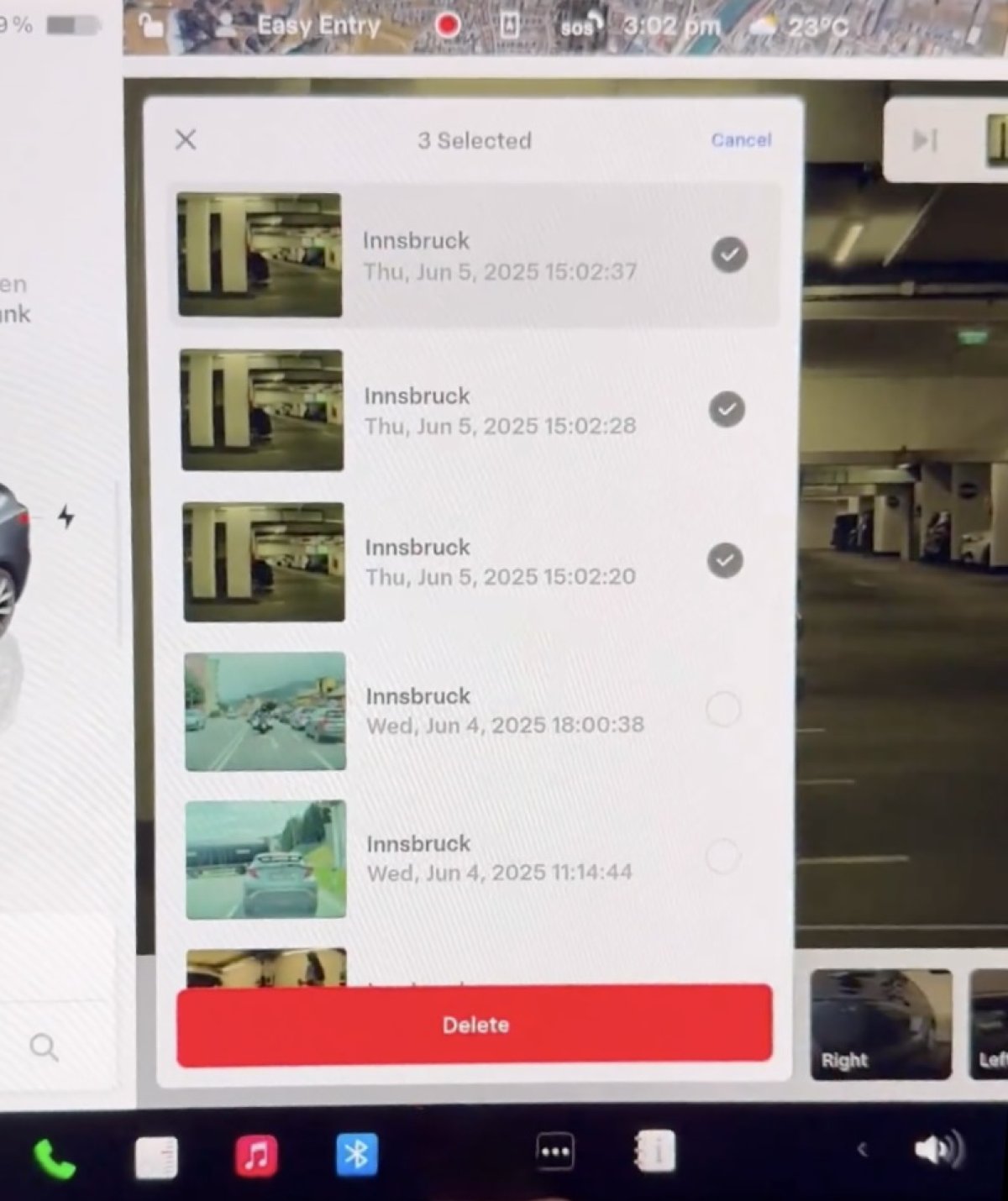
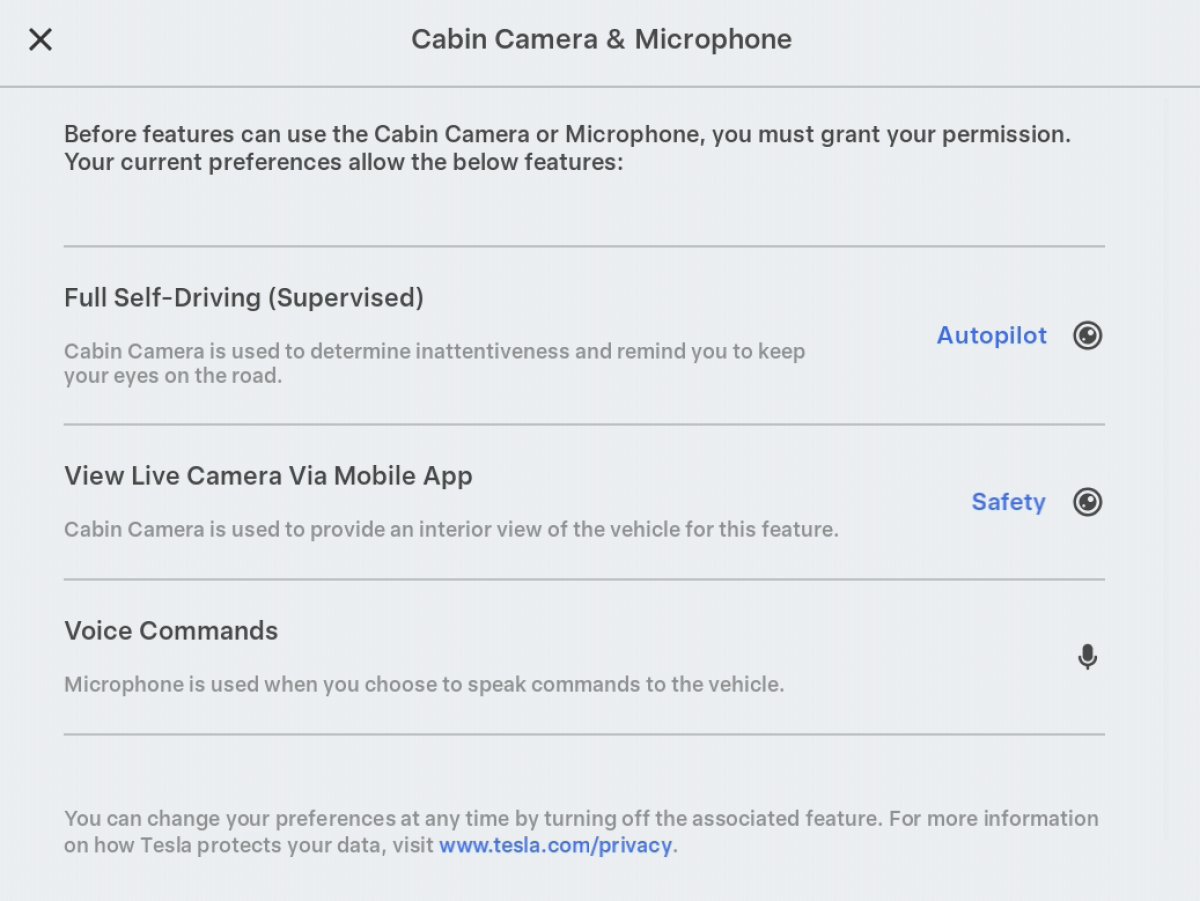
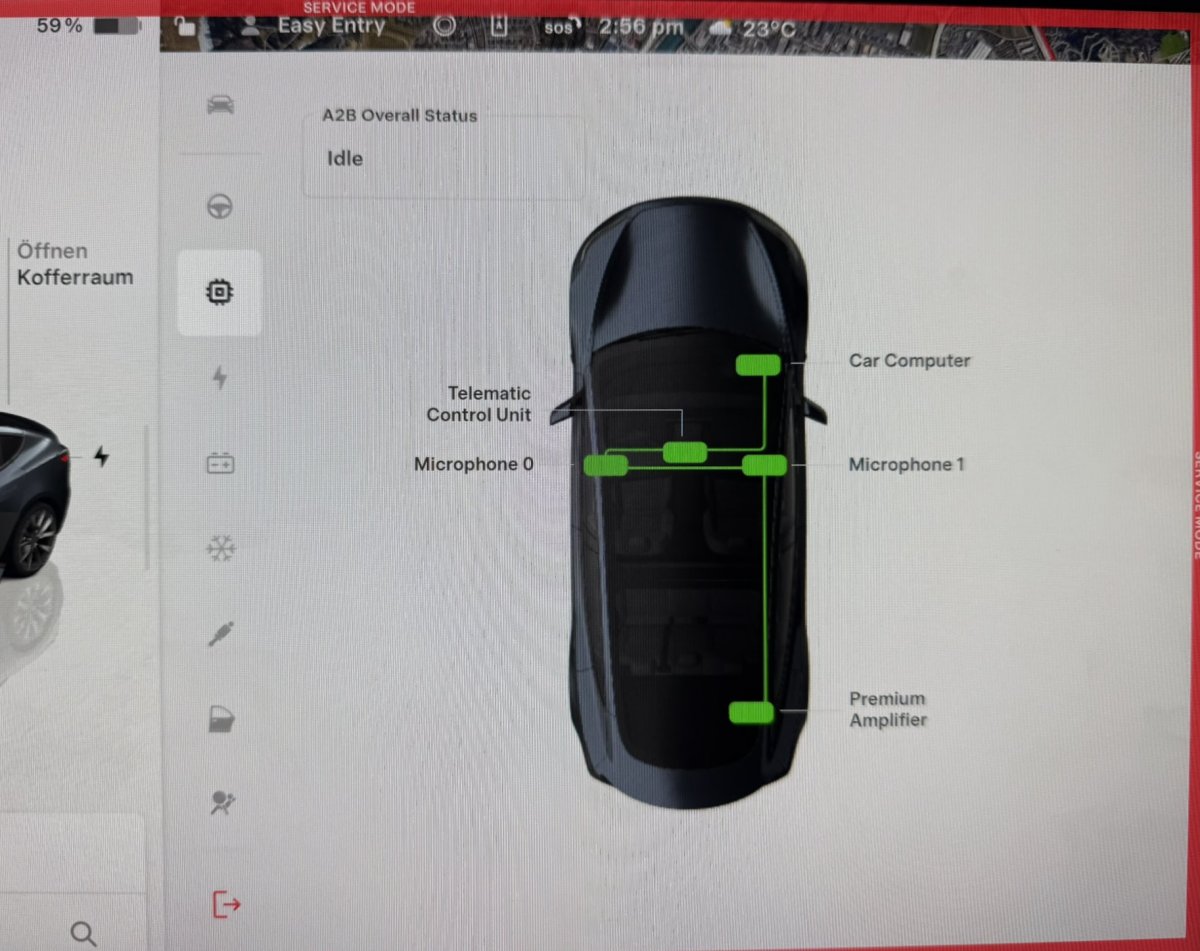
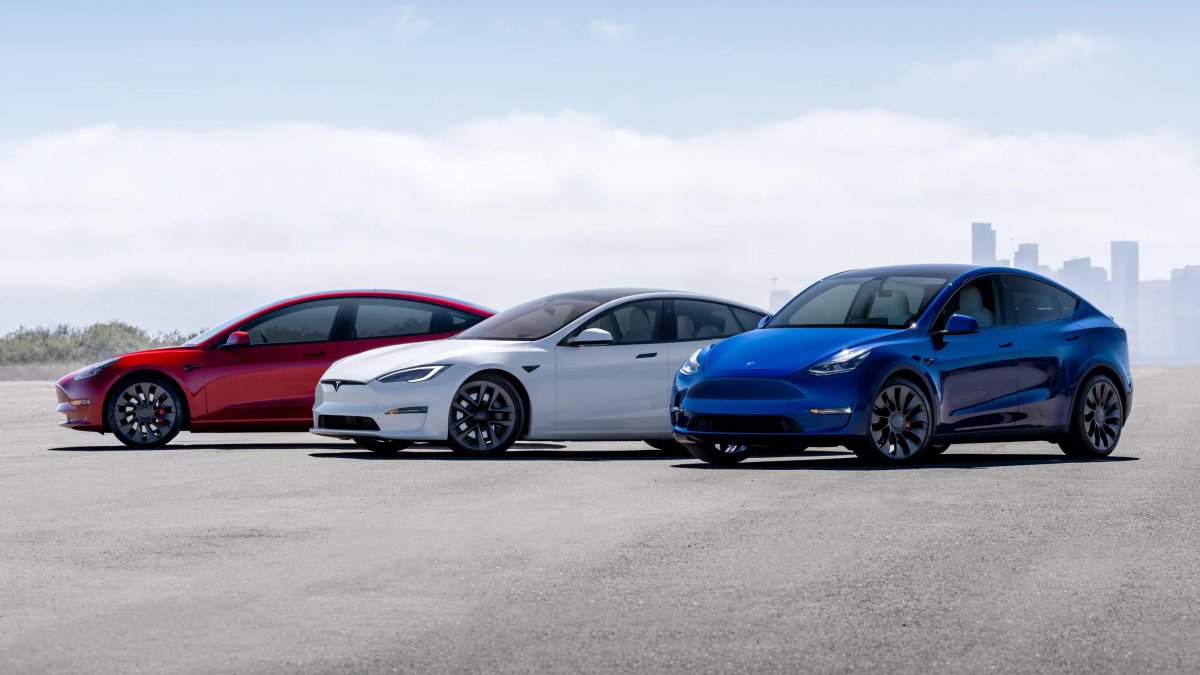
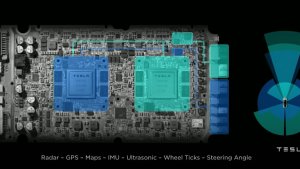
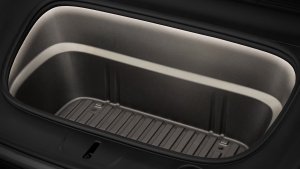


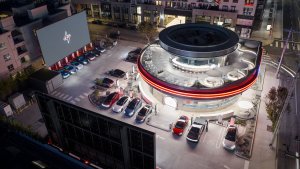
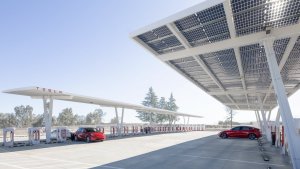
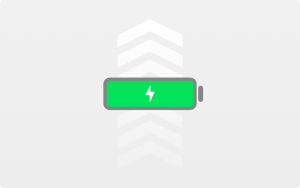
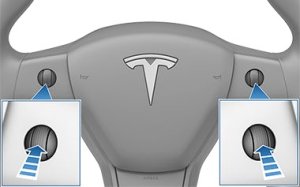

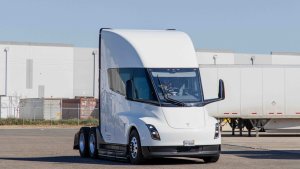
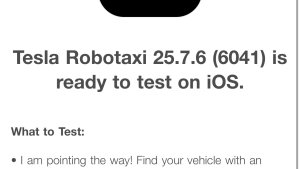
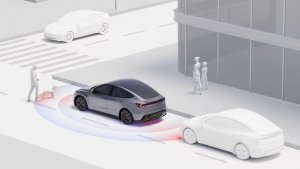
![Tesla Hollywood Diner Opens: A Look at the Food, Merch, Features and More [VIDEOS]](https://www.notateslaapp.com/img/containers/article_images/2025/tesla-diner-mosaic.webp/1f15f0d02c11a96d7fa1399f47581304/tesla-diner-mosaic.jpg)
